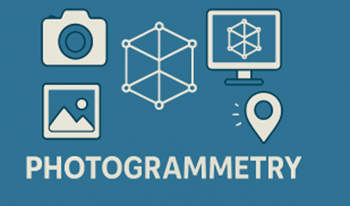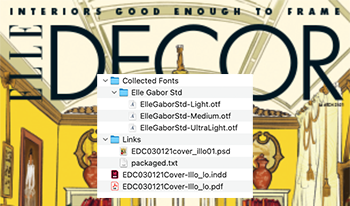
Photogrammetry has greatly improved the recording, preservation, and accessibility of cultural heritage in archaeology and scientific research. The increased use of 3D modeling in heritage projects brings about significant challenges, especially in terms of data management. In this context, the challenges involve ensuring that digital models are reliable, traceable, and usable. Often, these concerns are disregarded until they impede access or reuse, affecting the long-term preservation and accessibility of cultural heritage data.

As digital collecting by museums, libraries, and archives has increased over recent years, the types and complexity of digital objects has also multiplied. The lessons learned and solutions created by the Digitization and Cataloging team at the Smithsonian’s National Museum of African American History and Culture (NMAAHC) in acquiring, processing, cataloging and preserving these new types of digital collections can assist others in identifying processes and workflows to preserve and make accessible the ever-expanding amount of digital collections that will grow into tomorrow’s digital cultural heritage.

The motivation for use of biosensors in audiovisual media is made by highlighting problem of signal loss due to wide variability in playback devices. A metadata system that allows creatives to steer signal modifications as a function of audience emotion and cognition as determined by biosensor analysis.

Conservation documentation plays a crucial role in preventing misrepresentations about cultural property. Yet conservation records often remain undigitized and unsearchable. As part of efforts to improve access to conservation documentation, members of the Linked Conservation Data Consortium recently embarked on a project to transform paper and born-digital conservation records spanning forty years into linked data. Project team members reviewed existing models for preservation data and found that only the CIDOC Conceptual Reference Model would accommodate documentation of materiality, object structure, and conservation treatment events as prescribed by professional guidelines. Project outcomes revealed meaningful patterns in conservation data that may be useful in future model development as well as shortcomings in the XML technologies employed for transforming the data.

Current state-of-the-art pixel-based video quality models for 4K resolution do not have access to explicit meta information such as resolution and framerate and may not include implicit or explicit features that model the related effects on perceived video quality. In this paper, we propose a meta concept to extend state-of-the-art pixel-based models and develop hybrid models incorporating meta-data such as framerate and resolution. Our general approach uses machine learning to incooperate the meta-data to the overall video quality prediction. To this aim, in our study, we evaluate various machine learning approaches such as SVR, random forest, and extreme gradient boosting trees in terms of their suitability for hybrid model development. We use VMAF to demonstrate the validity of the meta-information concept. Our approach was tested on the publicly available AVT-VQDB-UHD-1 dataset. We are able to show an increase in the prediction accuracy for the hybrid models in comparison with the prediction accuracy of the underlying pixel-based model. While the proof-of-concept is applied to VMAF, it can also be used with other pixel-based models.